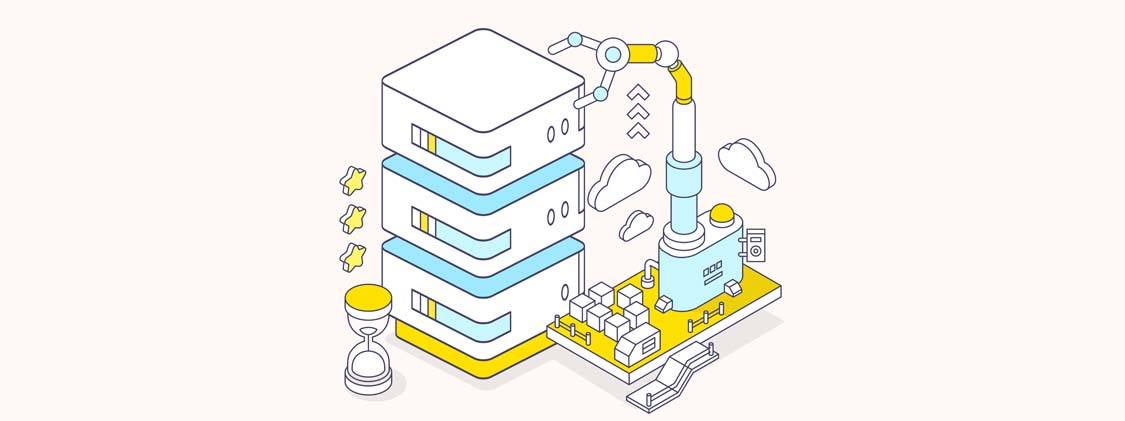Life After a Lift & Shift Cloud Migration
We’ve written about several ways to migrate to the cloud, each with its own advantages and disadvantages. For example, lift & shift is easy but doesn’t take full advantage of the cloud. Or rearchitecting takes advantage of cloud services but takes considerably more effort. The right cloud migration method depends on your organization’s cloud readiness and ability to manage change. We’ll take a closer look at lift & shift migration and what you may need to do in the aftermath.
What Lift & Shift Is
Lift and shift migration can be the most direct path to the cloud. Lift & shift involves moving your application as-is from an on-premises or data center to cloud infrastructure with minimal modification. Also known as rehosting, lift & shift migration promises cost savings, better performance, and less effort compared to other cloud migration strategies. Lift and shift migration is not native cloud implementation. It merely facilitates running applications in the cloud to get some of the primary/basic benefits of cloud computing.
Challenges After Lift & Shift
After migration, it’s time to look for warnings and new challenges. Perhaps the first one that will come to light will be bumps in the road from the migration – workloads that don’t work properly (or as expected) in the new environment. Next on the radar is system performance – perhaps migrated applications have latency or speed issues. Another unpleasant surprise could be the monthly bill. Although the economic shift from CapEx to OpEx may feel better over time, it can also be jarring, especially if the original hosting estimates were inaccurate. Less obvious, but more concerning, could be problems with cloud security. Applications that were flying under the radar in a data center may open up new exploits for hackers in the cloud. And one other challenge that catches some organizations off guard is a bit more complexity. While self-hosting, your team may have developed shortcuts, created workaround routines, or directly managed functions that don’t work the same in cloud environments (e.g., CI/CD pipelines).
Action Items After Lift & Shift
Optimize Infrastructure
If your workloads turned out to be smaller or larger than expected, you’ll want to rightsize the environment. It’s like Goldilocks – not too small, not too large, it needs to be just right. You’ll monitor utilization for signs of overheating, for example, to determine if you’re underpowered. You may scale up or scale down your instances.
Optimize Workloads
Did you lift & shift too many apps? Do the apps not work well functionally in the cloud? Aside from the infrastructure, you may need to rethink issues with the software. Not every lift & shift is 100% successful, so you may need to consider a workload Plan B.
Audit Software Licenses
With your applications in the cloud, you may need to rightsize your licensing. If you had licensing to cover your on-premises systems, you may be able to offset cloud license fees (it depends on the license & vendor).
Fix Problems with Deployments
Deployment processes inevitably surface, so you’ll want to make adjustments. The easier it is to make changes safely, the faster your operation can move. DevOps is an investment, but it enables time savings, innovation, and system stability.
Add Monitoring
If you didn’t include sufficient monitoring before your lift & shift, it’s not too late. For example, AWS’s CloudWatch provides insights into your applications, reports system-wide performance changes, enables optimizing resource utilization, and delivers a unified view of operational health. With goals of improving performance and maximizing uptime, you can employ monitoring tools to survey your applications.
Improve Security Practices
Cloud providers rely on a shared responsibility model, which means you need to verify that your workloads are secure. As we’ve learned from recent cyberhacking and ransomware attacks, security isn’t a luxury. A hack to a tool pipeline or an SQL injection can devastate your business and organizational reputation (e.g., Colonial Pipeline). Start with a security audit, and then adjust as needed.
Modernize Applications
Although you may be in the cloud, that’s only enabling basic cloud capabilities. It’s worth evaluating your workloads to see how you can add more cloud-enabled functions. As we described with the strangler pattern, you start by adding new features but replace monolithic core functions over time. Ideally, you move away from your monolithic patterns and toward effective microservices.
Life After a Lift & Shift Cloud Migration
Hopefully your cloud migration goes (or went) well. Hey, it’s technology – it’s rarely perfect, so tackle the aftermath by urgency and importance. Lift & shift opens your organization to the basic advantages of cloud computing — a gateway not the final destination. Addressing the challenges leads you further into the cloud with better uptime, performance, and security. Over time, the more cloud computing your organization uses, the more nimble you should become. And that means a better life after your cloud migration.


Leave A Comment